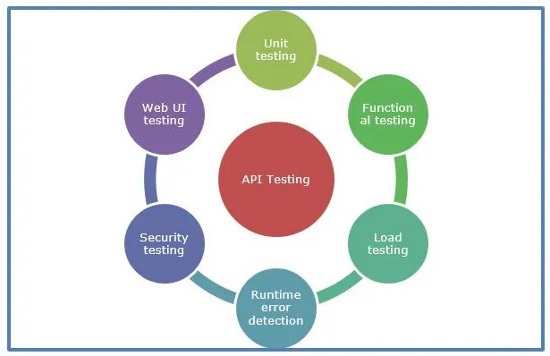API means Application Programming Interface which helps to transmit data between multiple applications or rather say client and server. To check if the information is correctly transmitted, you need to test it. And that is termed API testing. API testing has a lot of benefits. Because it is more reliable than UI-based tests, it is more effective and has a faster turnaround. Another advantage is that it can pinpoint “bugs” in the system faster throughout the development process. The user can make requests that aren’t always possible with automation testing while this testing is in place. This stage enables probable security flaws to be discovered during the beginning phase.
In this era, news is extremely important for everybody. We are happy to offer you the simplest and accurate news from trusted resources. we’ve an excellent team with good communications skills which will offer you the news in good content form. Through this you’ll develop your interest in reading daily news, BBC news tech published news regarding Apps, Smart Phones, Gadgets, Internet, Social Media, Software and Products Reviews.


Types of API testing:
API testing is done in a variety of ways, but it usually includes the following tests:
- Performance Testing: This test checks if the application is performing as intended. The reliability, network compatibility, speed, and functionality of the application are performing at optimum capacity. This test is mainly intended to increase the performance capabilities rather than finding defects or bugs.
- Load Testing: This test checks if the application is fit enough to handle the specific loads. It checks how the app performs when given a specific load and checks its responsiveness when numerous users work on the application at the same time.
- Unit Testing: In unit testing, the test is carried out by breaking various systems into multiple units. The fundamental idea behind this test is to segregate a written code and see if it’s performing at its best. It aids in the early detection of defects for improved long-term functionality.
- Runtime error detection: The test ensures that there are no glitches when the application is running. Runtime testing is basically done to monitor if the application is running as intended.
- Web user interface testing: Web user interface testing is done as part of a bigger integration test that also includes APIs. This test is used to ensure that the user interface components of web-based applications are working properly.
- Interoperability testing: This capability verifies that Web Services Interoperability profiles are standard. It checks to see if the software can coexist with other components without causing any problems.
- Penetration testing: Penetration testing is a type of computer security testing that simulates a real-life attack. This is a critical test because it looks for legitimate flaws that an attacker can exploit when the system is at its weakest. With this test in place, you’ll know what to look out for in the event of a security breach before it happens.
Conclusion:
API Testing brings a better clarity of whether the application is just perfect to be launched. It brings to us the errors in the application more quickly so that they can be quickly resolved and sent to the market. API testing, which easily certifies the authenticity of an API in a short amount of time, can improve your speed to market availability all-around with superior background information. The business logic layer is represented by a set of classes, functions, and methods in the API. If an API is not thoroughly tested, it may cause issues in both the API application and the caller application. In software engineering, it’s a must-do test.
















